Why I Co-Founded Design Sapient.
We are excited to share a new blog post for our ‘Connecting the Dots’ series, which explores the rich and deep connection between design and experience, underscoring its importance in our lives. My post connects the dots between human-centered design and why it led me to co-found Design Sapient during a global pandemic.
In mid-2020, I sat across my dear friend and graduate school colleague, Maria del Rio Sanin, on a Google hangout discussing the pandemic and how it immediately transformed how we worked and lived. We were especially concerned with the consequences of the pandemic, including the mass exodus of women from the workplace to shoulder an unfair burden of household responsibilities, the gross inequality between the ‘essential workers’ and the ‘privileged workers’ whose working and earning conditions veered in opposite directions, the ramifications for companies and organizations ill-prepared to re-mobilize their workforces in the mass-remote working environment, and more.
It is fair to assume that you and your peers discussed and explored these same topics in a similar remote format, which supports my confidence in humanity: our collective instinct to identify, design, and deploy solutions for our challenges. Fortunately, during our conversation, Maria shared a professional experience when she harnessed human-centered design and design thinking to reinvigorate a stagnant socio-economic empowerment program in the Antioquia state of Colombia.
Although Maria published an insightful blog post about this project, I’d like to share why the application of human-centered design in this project resonated with me. During the conversation, I learned that this particular program was highly successful in producing its desired outcome of homeownership among low-income families in the 1990s. Unfortunately, however, the program’s effectiveness decreased significantly by the mid-2000s, despite no changes to the program structure, process, and public demand.
I learned that human-centered design principles enabled the team to understand how the world changed for the program stakeholders, including low-income families, home builders, lenders, and government agencies, and how the stakeholders responded to these external changes. These insights illuminated the path for the program designers and managers to redesign, revise, and refine the program to realign with the stakeholders and their changed behaviors, especially the low-income families aspiring to become homeowners. The redesign and realignment proved successful: the program has significantly increased the outcome of homeownership among participating families.
Effective human-centered design is powered by empathy. Empathy activates our ability to truly and accurately understand people, including their actions, reactions, intentions, and aspirations. And, the project that Maria described harnessed the insights, learnings, and understanding from human-centered design to reignite a program that transformed lives and generations in Colombia. From this point, we both realized that human-centered design is required at the vanguard of purpose-based efforts.
Reflecting upon my professional experience leading global digital transformation and operations initiatives for purpose-driven organizations, I realized that incorporating human-centered design principles would increase the effectiveness of these initiatives resulting in a myriad of benefits for the organization and the people affected by the change. For example, empathizing with the operations staff required to accommodate and adopt new work productivity software, processes, and workflows would result in improved change management activities reducing obstacles to adoption, decreasing implementation costs, and importantly, building stakeholder trust and confidence in the change.
Inspired by the realization that human-centered design could be harnessed to address both political, socio-economic and environmental consequences as well as the strategic and operational challenges of the Covid-19 pandemic, Maria and I co-founded Design Sapient to augment and empower mission-based, purpose-based, generally, any organized entity attempting to improve the world in which we live, work, and dream.
I am honored that Maria agreed to co-embark on this journey. I recommend her post that illustrates why she decided to co-found Design Sapient.
Design Sapient harnesses human-centered design to enhance organizations’ strategy, programs, operations, and outcomes. We are a global agency that partners with organizations to generate sustainable solutions for strategic, programmatic, and operational opportunities and challenges. Empathizing with people at the center of an opportunity or challenge is core to our approach.
We invite you to connect with us to explore how we can empathize with and for your people.
